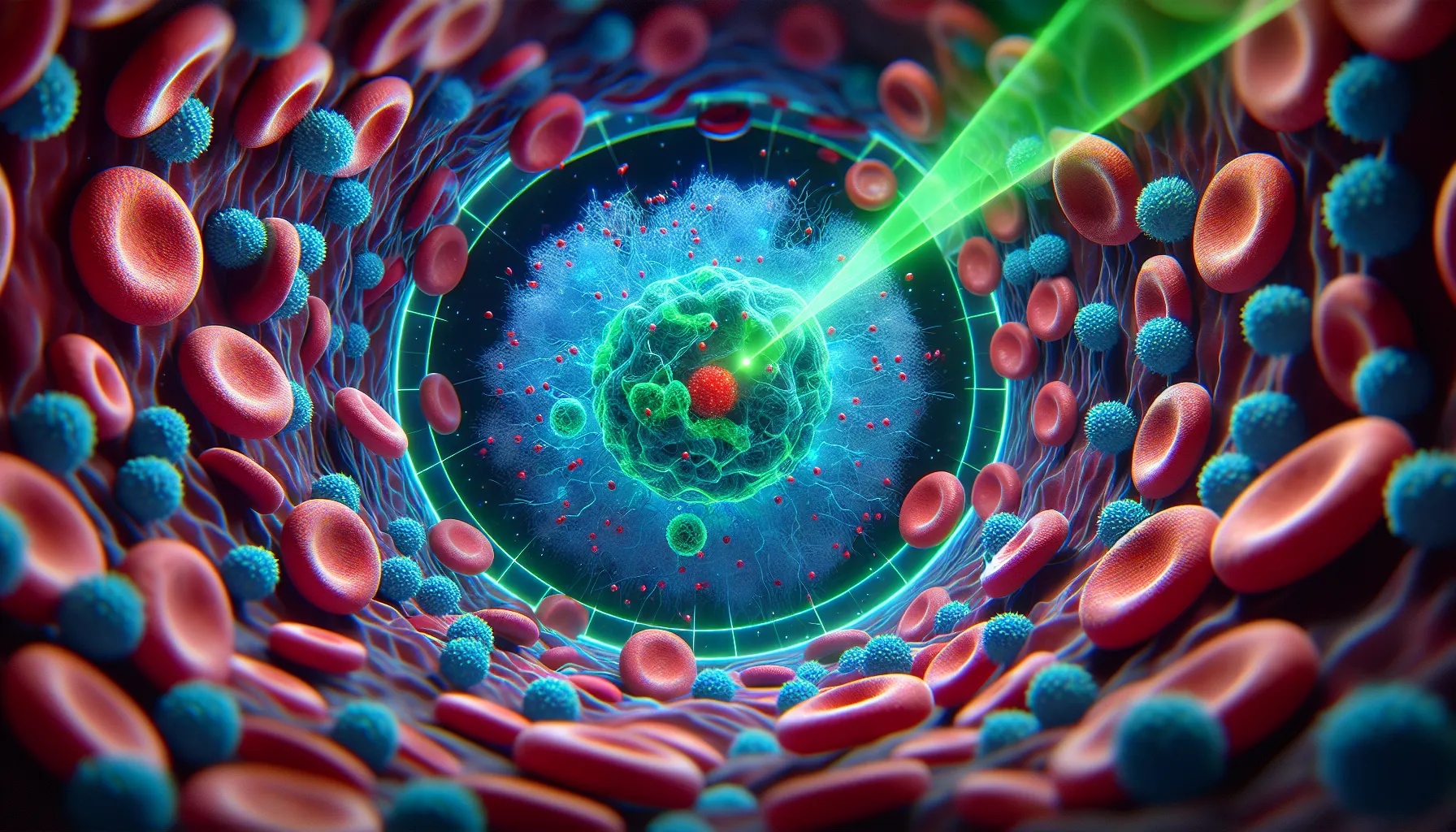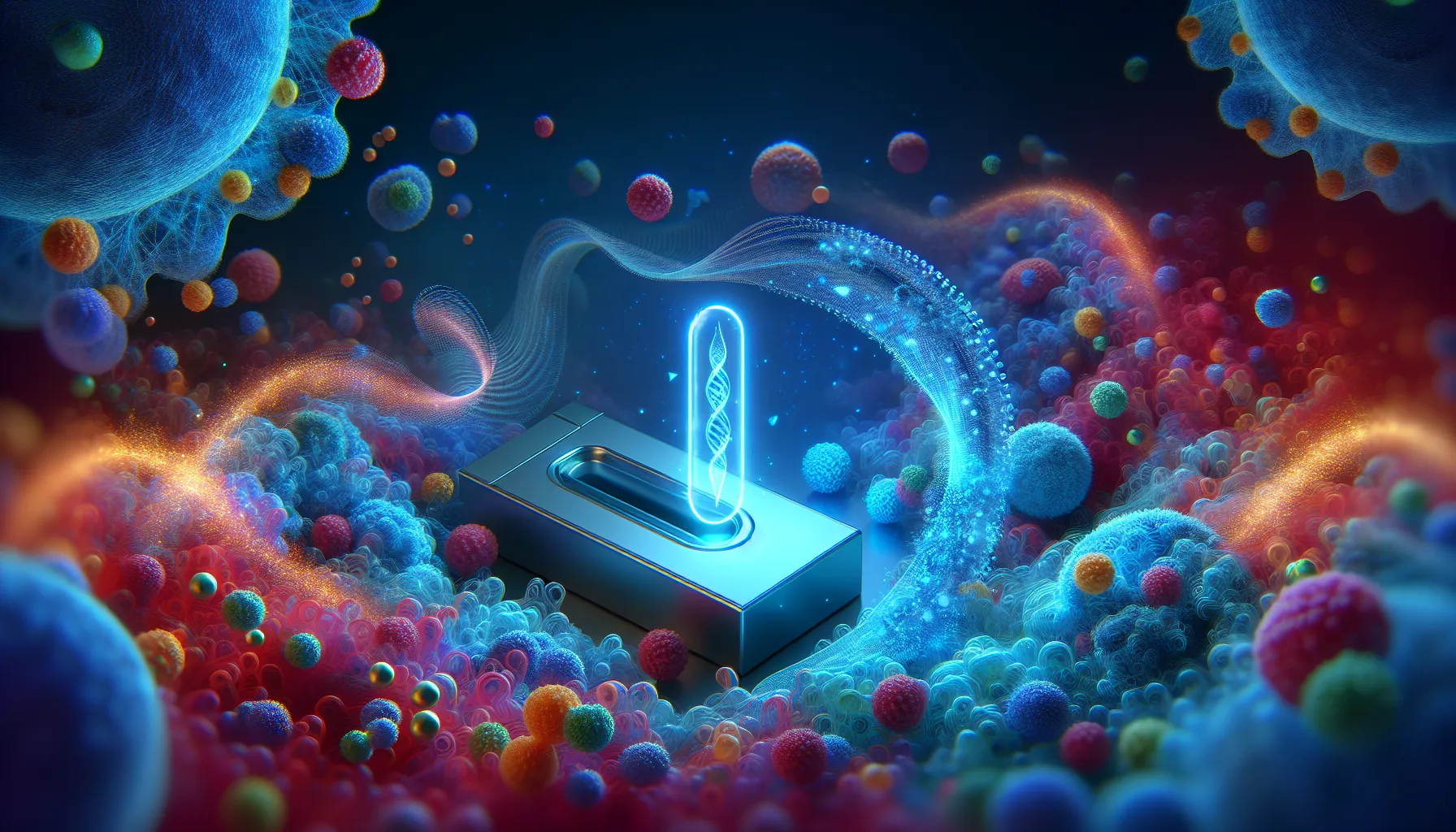Imagine a world where medications know exactly where to go in your body, bypassing all the guesswork usually involved. That’s precisely what recent advancements in drug delivery systems aim to achieve, thanks to the cutting-edge field of nanomedicine. These technologies, which harness the power of nanoscale tools and particles, have revolutionized how treatments are delivered to achieve maximum efficacy with minimal side effects.
If you’re picturing tiny submarines scuttling through your bloodstream, you’re not far off. These nanocarriers can be programmed to target specific cells—much like honing in on a bullseye—with precision and purpose. By attaching therapeutic agents directly to nanoparticles, researchers can design treatments that home in on a specific ailment, leaving surrounding healthy tissues untouched. This strategy not only increases drug concentration at the target site but also significantly reduces the chances of systemic toxicity.
One standout feature of these nanocarriers is also their versatility. Whether it’s a formidable fortress like a tumor or an elusive beast like a hidden infection, advanced nanocarriers are engineered to navigate the body’s internal landscape with stealth and agility. Common types of nanocarriers include liposomes, dendrimers, and polymeric nanoparticles, each with unique properties tailored for different therapeutic needs.
Take a look at how these carriers shape up:
| Nanocarrier Type |
Applications in personalized medicine
The advent of nanomedicine is setting the stage for remarkable advances in personalized medicine, transforming the way we understand and treat individual health profiles. Imagine having medical treatments specifically designed for your genetic makeup, lifestyle, and environment. It’s not just a science fiction dream anymore; it’s becoming an accessible reality through the innovative application of nanotechnology. One of the critical ways nanomedicine is revolutionizing personalized medicine is through nanodiagnostics. These are nanoscale devices or particles capable of detecting diseases at the molecular level, well before traditional diagnostic methods can. By analyzing an individual’s unique biological markers, these nano-diagnostics can pinpoint the exact nature and stage of a disease, allowing for earlier and far more accurate interventions. This precision not only heralds a new era of early detection but also reduces the financial and emotional burdens of prolonged and generalized treatment approaches. But detection is just the beginning. The real magic lies in the targeted therapies that follow a precise diagnosis. By using data collected through nanodiagnostics, medical professionals can tailor treatments to the distinct biological processes of the disease in a specific patient. For example, in cancer treatment, this means nano-formulated chemotherapy “drugs” that not only target malignant cells based on their unique protein expressions but also adapt if those markers change as the disease evolves. This adaptability is a game-changer, rendering resilient diseases that once seemed insurmountable into manageable conditions. Moreover, the customization extends beyond |
|---|




